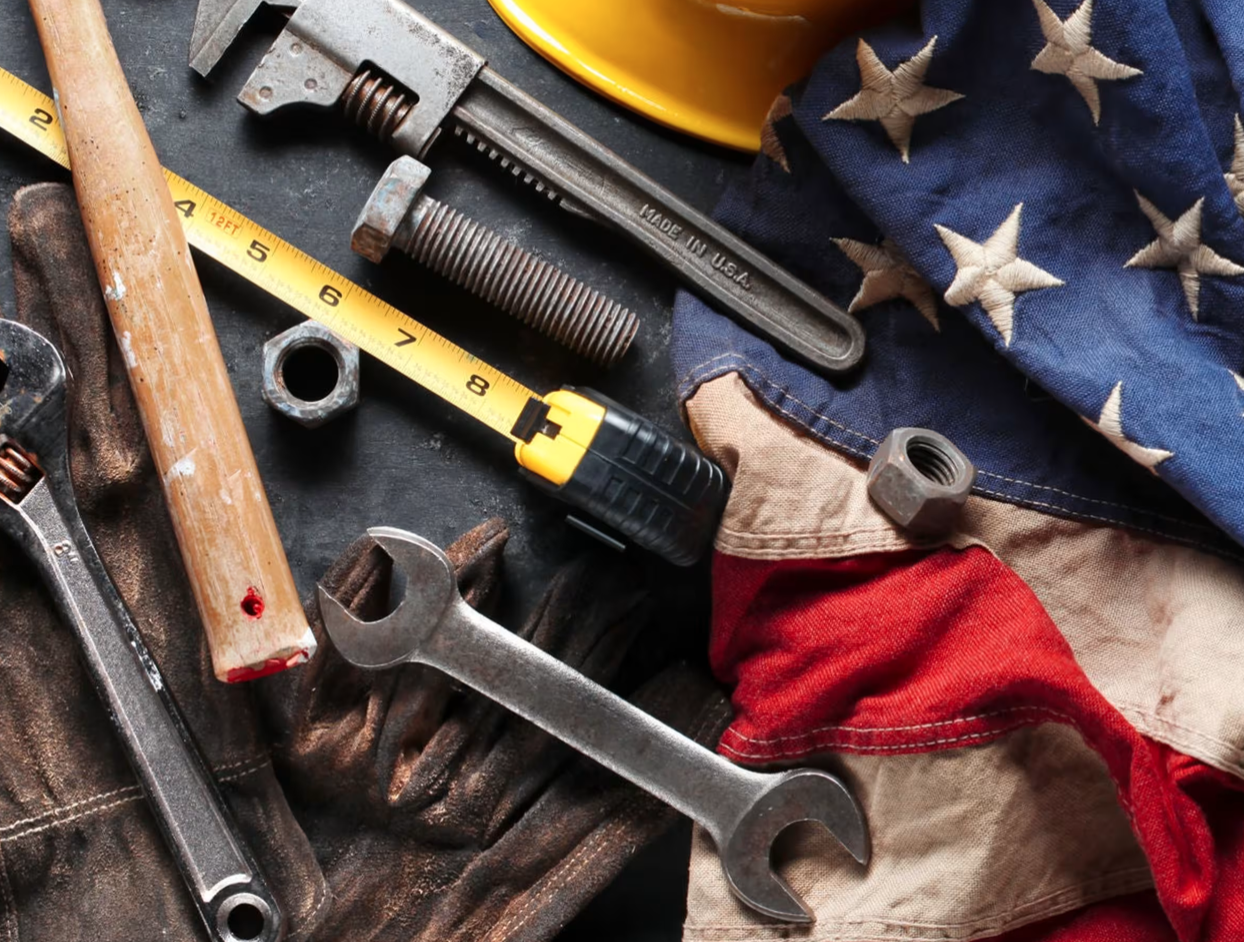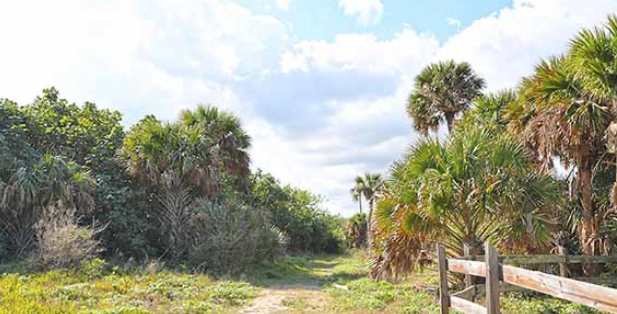In the shadow of America’s rapid industrialization, a struggle for basic human dignity was unfolding in workplaces across the nation. As the 19th century drew to a close, millions of American workers found themselves caught in a system that prioritized profit over people, setting the stage for one of the most significant social movements in our country’s history. The fight for fair labor practices wasn’t just about better wages—it was about survival itself.
The Harsh Realities of Industrial America
The industrial boom that transformed America’s economy brought with it unprecedented challenges for the working class. From dangerous factory conditions to exhausting work schedules, laborers faced daily perils that most of us today would find unimaginable. This article examines how workers organized to demand change and the pivotal moments that shaped labor rights as we know them.
The Rise of Labor Unions
Factory floors and industrial workplaces of the late 1800s were often perilous for America’s workers. People of all ages, including recent immigrants and the desperately poor, endured dangerous machinery with no safety guards, toxic chemicals without protection, and cramped spaces with poor ventilation. Twelve to fourteen-hour workdays were common, with workers granted few breaks and little access to clean water or bathroom facilities. Children as young as five or six worked alongside adults, operating dangerous equipment for pennies a day in textile mills, mines, and factories across the country.
The Haymarket Riot of 1886
As manufacturing replaced agriculture as America’s primary source of employment, workers began organizing to fight these harsh conditions. Labor unions, which had first emerged in the late 18th century, grew more influential and vocal in response to industrial abuses. These early unions—like the Knights of Labor and the American Federation of Labor—began coordinating strikes and public demonstrations to protest dangerous conditions and demand better treatment.
Workers risked their livelihoods and often their safety to participate, knowing that employers frequently fired union members and hired strikebreakers to suppress organizing efforts. Despite these challenges, membership in labor organizations swelled as workers recognized that collective action offered their best hope for meaningful change.
The Pullman Strike of 1894
The late 19th century witnessed several defining moments in American labor history, none more infamous than the Haymarket Riot of 1886. What began as a peaceful rally in Chicago’s Haymarket Square in support of striking workers turned tragic when someone threw a bomb at police officers attempting to disperse the crowd.
The ensuing chaos left several police officers and protesters dead. Though the bomber was never identified, eight anarchist leaders were convicted (four were executed) in a trial widely considered a miscarriage of justice. The incident sparked fear of labor organizers nationwide and set back union efforts for years, as companies used the specter of “dangerous radicals” to justify crackdowns on worker organizing.
Another pivotal moment came with the Pullman Strike of 1894, which began when employees of the Pullman Palace Car Company in Chicago walked off the job to protest wage cuts while company housing costs remained unchanged. The dispute escalated when Eugene V. Debs and the American Railroad Union called for a nationwide boycott of Pullman railway cars, effectively paralyzing train traffic across the country.
President Grover Cleveland, under pressure from railway executives, deployed federal troops to break the strike—a decision that led to violent riots and the deaths of more than a dozen workers. In an attempt to appease angry workers following this controversial intervention, Cleveland and Congress quickly pushed through legislation establishing Labor Day as a federal holiday, officially recognizing the first Monday in September as a day honoring American workers and their contributions.






